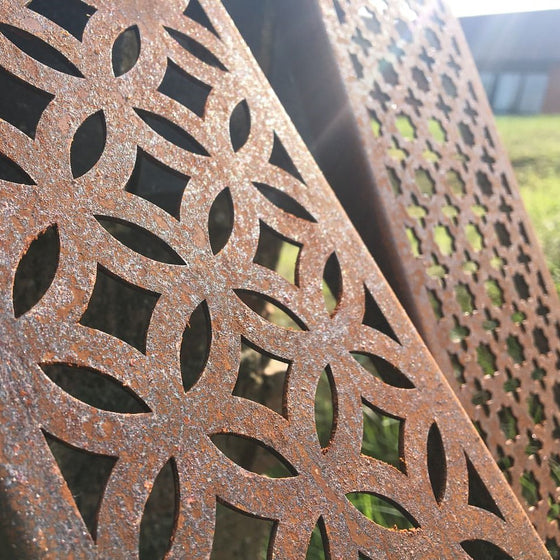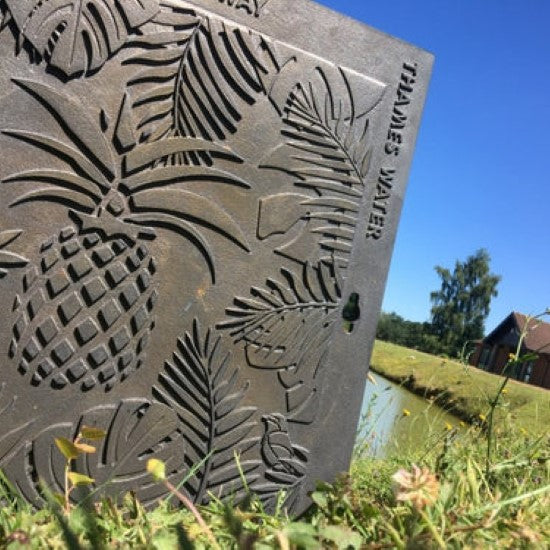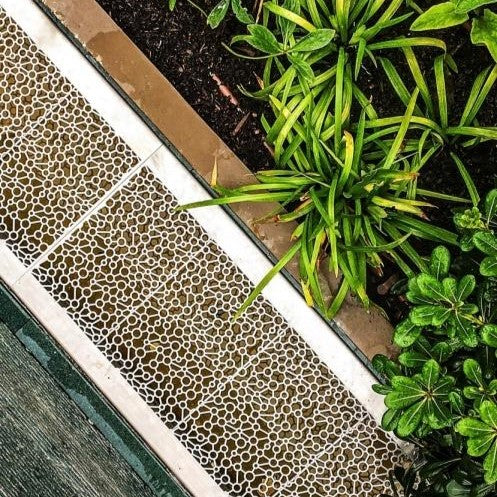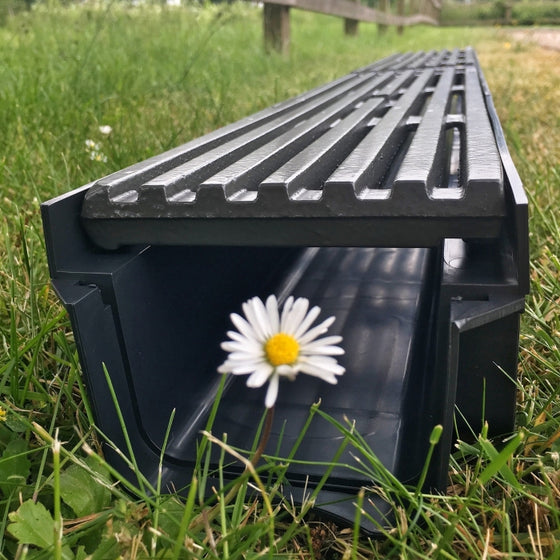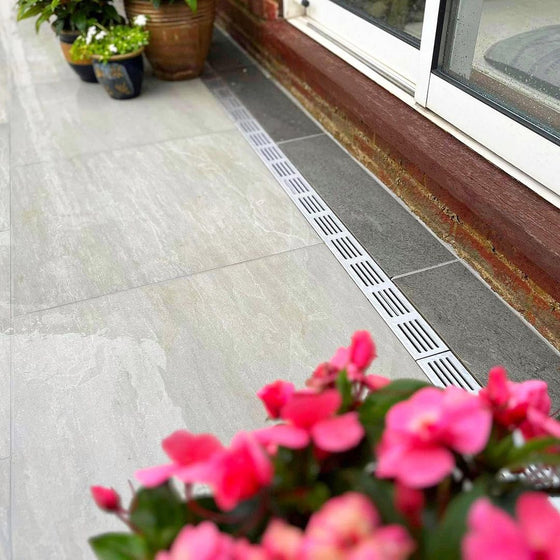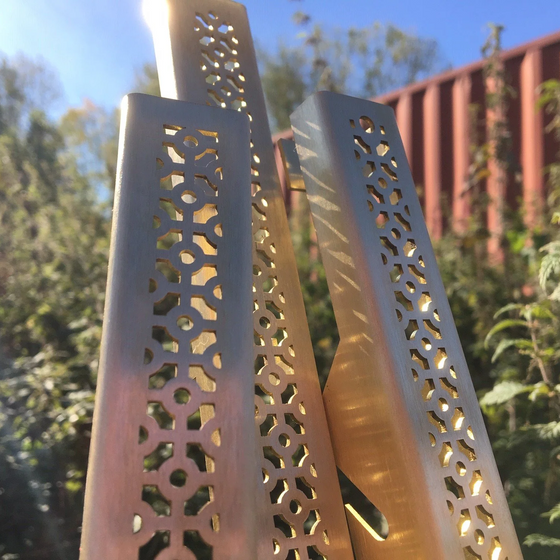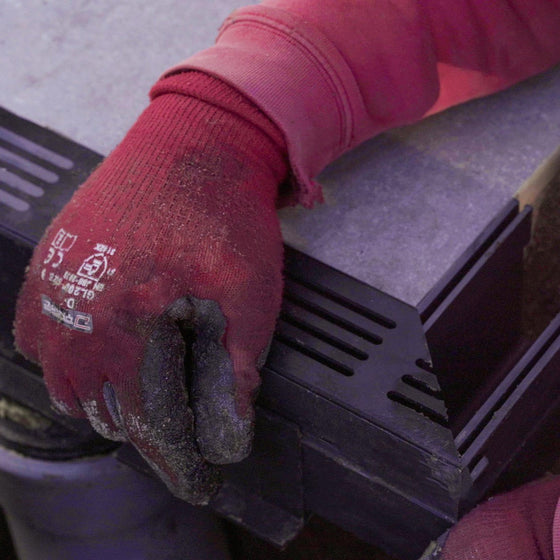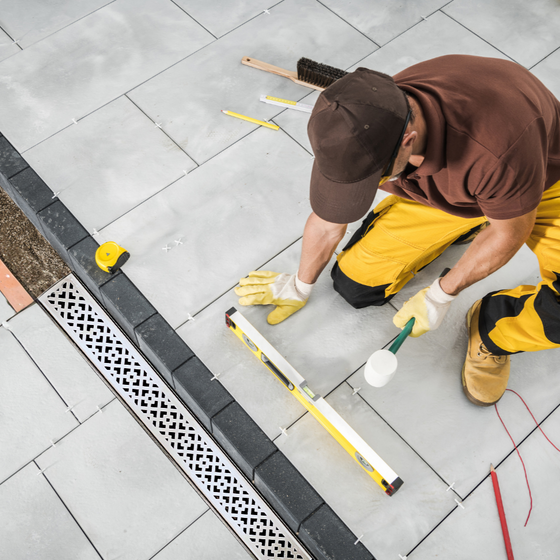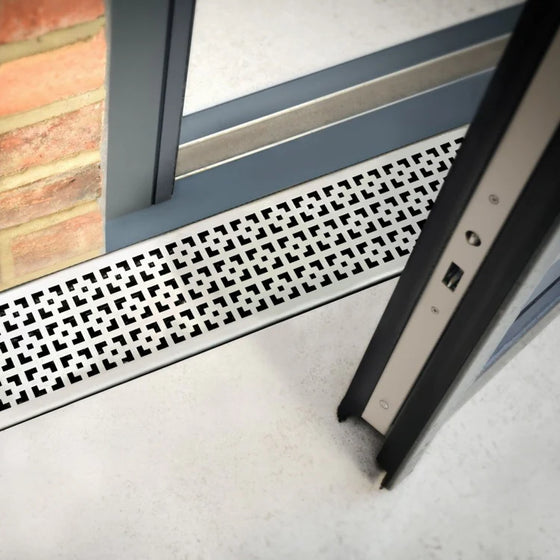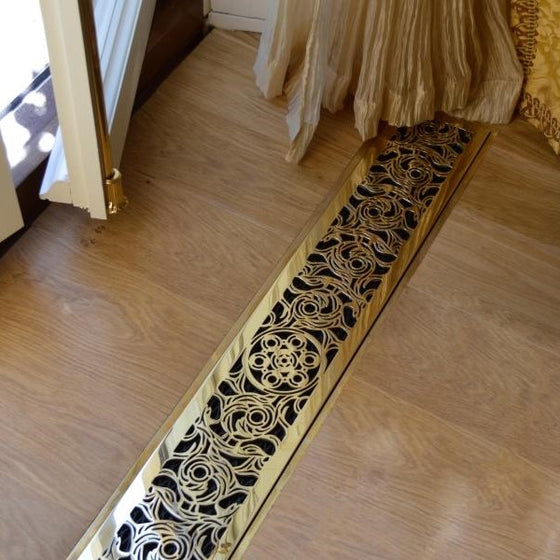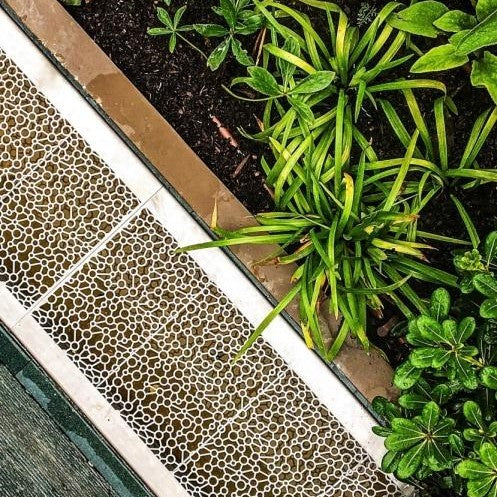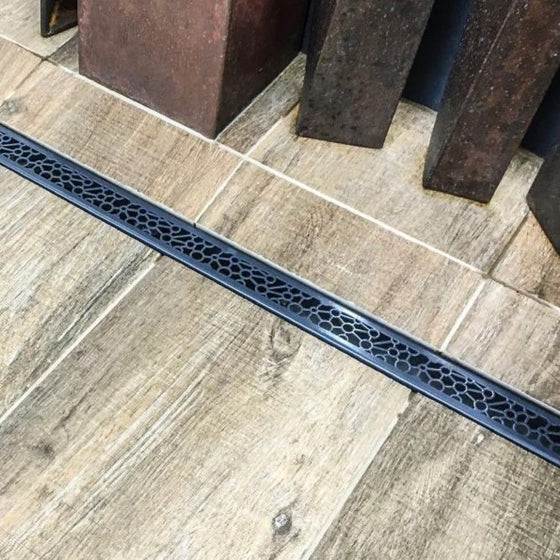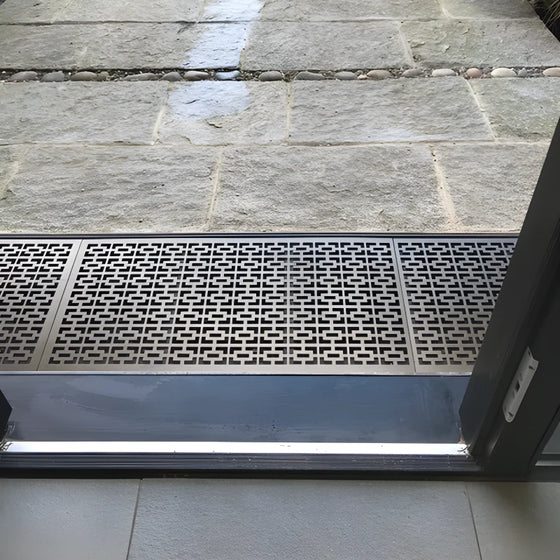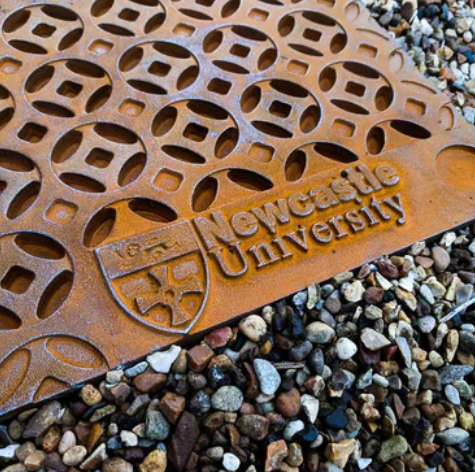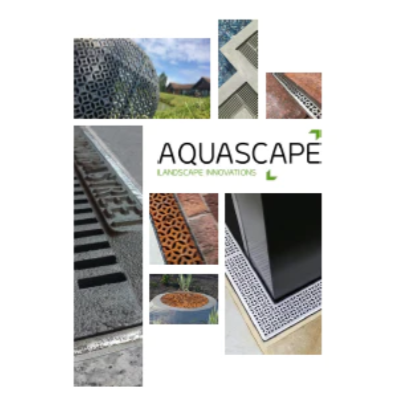
To ensure our products arrive with you in excellent condition they will pass through numerous quality control inspections. To ensure a satisfactory end result that meets our high standards and gives you long term enjoyment of your products we ask that you handle them with equivalent levels of care and attention both before and after they are fitted.
Our products are designed to require extremely low maintenance. Provided these simple instructions are followed they will require virtually no attention. With proper care, your product will maintain its beautiful appearance and perform well for many years to come.
Whilst all of our products and their finishes are designed for maximum durability, failure to give your product or fitting the proper care may void its warranty. As a result, here are a few helpful tips.
ALL FINISHES
- All our standard finishes can be maintained very easily.
- Simply wipe dry after each use with a soft dry cloth to prevent water-spotting and mineral build-up.
- Avoid all abrasive and aggressive chemicals (“SoftScrub”, etc.)
- Avoid ammoniated products (window cleaner, tile cleaners, etc.)
- Avoid bleach and do not attempt to use abrasive cleaning pads.
In addition to the above, please read the following finish and material-specific notes:
STAINLESS STEEL
1. Lift the drain cover from the drain unit.
2. Clean the drain cover using ONLY a soft cloth or soft-bristled brush lathered with mild, non-abrasive soap and lukewarm water. Do not use steel wool or similar products.
3. Gently polish the drain cover in the same direction as the brushed grain.
The grating can also be treated for lime deposits using ordinary descaling agents intended for household use. Allow the product to work for a few minutes and then rinse thoroughly using clean water. Commercial cleaning products which may contain corrosive chemicals should be avoided. DO NOT USE BLEACH.
Stainless steel is highly durable and corrosion-resistant if it is cleaned on a regular basis. The surface is covered in a thin protective layer of chromium oxide, which is created when the stainless steel reacts with oxygen in the air and water. Corrosion can occur if this protective layer is damaged, for example by impurities present in the steel itself. Strong acids or chemicals such as iodine, chlorine, fluorine, or bromine can also cause corrosion to stainless steel by hindering the oxygen reaction process, thus preventing formation of the protective layer.
Stainless steel is particularly resistant to rust, however this does not mean that they are impervious to it. Whether it’s our 304 or 316 grade covers they must be kept clean and free from contaminants. Impurities left on the surface may cause rust.
For products that feature laser etching it’s important to clean in the direction of the grain.
CAST IRON
Cast Iron goes through a process of oxidation, more commonly known as “rust”. The grates may arrive with you at a certain stage in this process. Most metals, with the exception of gold, go through some form of oxidation. This oxidation process creates a tightly adhering iron oxide coating known as the Passivation Layer. The Passivation Layer actually protects the bulk iron from further oxidation. In other words, once the Passivation Layer is created the oxidation slows dramatically and the iron remains intact for a very long time. On the whole Iron metal is relatively unaffected by pure water or by dry oxygen.
Oxidation as a Patina
This Passivation layer is often referred to as a Patina. Many metals create a Patina, the green patina that forms naturally on copper and bronze is known as verdigris and consists of copper carbonate. Think of the Statue of Liberty’s green color. The patina on cast iron is more chocolate brown in color.
The Passivation or Patina Evolution
The oxidation process begins on contact with water and goes though an evolution of Passivation or Patination. First the iron turns bright orange for a few months then slowly will turn chocolate brown in color. Over time, perhaps a year depending upon the environment, they will look like every other cast iron manhole cover or drain grate that you see in the street.
When traffic wears on iron the finish can take on a burnished look, think of manhole covers you see in high traffic areas. Unlike steel the Cast Iron will not flake away. The navy has made ship anchors out of cast iron, which can last for decades in a raw state. Most of the casting you see in the street such as manhole covers are made of cast iron and are very durable.
Protective Treatment
If your covers have been pre-rusted and treated by Lateral Design Studio the rusting process is effectively halted and your grates will remain in the same condition indefinitely.
JONITE COMPOSITE STONE
Do not expose the gratings to heavy chemical washing (either commercial alkaline or acid). If Chemical Washing is inevitable, remove the gratings and stack them up before the cleaning process.
1. Remove the gratings accordingly and systematically to prevent confusion by stacking them on raised timbers or bricks.
2. Place them back accordingly only after the washing process, and only when the area is thoroughly cleaned.
It is not advisable to wash the flooring with chemical and allow the acidic or alkaline waste to flow through the gratings. If it is not rinsed immediately or is left unattended, permanent stains may form. Etching penetration of the chemical causes this irreversible effect.
CHROME & GOLD PLATED
Chrome and gold plated drain covers should be cleaned regularly using only a soft cloth and warm soapy water rinsed dry and polished with a clean dry cloth. Many household cleaners and personal hygiene products contain chemicals, which will attack the finish if allowed to come into contact with the fittings. DO NOT USE BLEACH OR ABRASIVE CLEANERS.
BRASS PRODUCTS
Polished / Mirror / Satin Brass
To ensure your product remains in pristine condition, please do not use any abrasive cleaners on your brass product. Often, the gradual ageing of un-sealed new brass is regarded as an attractive feature but if a constant new look of polished brass is required long term then tarnished areas can be brightened with occasional use of a brass polish such as ‘Brasso’ together with a soft dry microfiber cloth. Once the desired level of shine has been achieved the surface can be sealed with a wax polish. When caring for a satin finish it is advisable to go with the grain.
Lacquered Polished Brass
Use a soft microfiber cloth together with warm water and a mild / PH neutral liquid soap only. Do not use any abrasive items which could affect the protective lacquer. Dry with a soft clean cloth after washing.
Brushed Brass
As your product has been brushed we do not recommend you use a Brass cleaning product. Use a soft microfiber cloth together with warm water and mild / PH neutral liquid soap only. Dry with a soft clean cloth after washing.
BRONZE PRODUCTS
To ensure your product remains in pristine condition, please do not use any abrasive cleaners on your product. Use a soft microfiber cloth together with warm water and a mild / PH neutral liquid soap only. Dry with a soft clean cloth after washing.
Antique Brass / Bronzed / Antique Bronze
Never abrade the surface with any kind of scouring or polishing materials. Remove any foreign materials with a soft cloth and apply occasional wax polish using a polishing cloth.
FLOOR REGISTERS, GRILLES & VENTS
Our standard grilles and vents are designed for internal use only. Please specify if you require grilles or vents for external or damp area use: Those will be made from different materials with an alternative set of finishes.
Unless you have ordered grilles that are specifically designed for a damp environment please ensure they are never stored in one and that they are not subject to damp once they are fitted. They must be kept dry and will never need to be washed or mopped with water or liquid cleaners. If the area around them is to be washed, care must be taken to prevent them getting wet or they should be removed during that process. Take particular care of the decorative face and make sure that the grilles are not placed face down on any surface or stacked on top of or against each other without protection between them. We recommend that they are fitted into their final location as soon as possible.
Please use a soft slightly damp cloth if somehow muddy, otherwise a soft dry cloth or dry floor polishing mop to keep them dust free. An occasional buff with a wax polish will keep them looking their best. Care instructions specific to each grille or vent finish can be seen below:
POWDER COATED FINISHES
These finishes are protected with a clear powder coating designed to allow the underlying color to show through and provide a layer of protection. Still, abrasives and harsh chemicals can damage the finish and expose the underlying fitting to tarnish and corrosion. Follow the “All Finishes” recommendations listed above. Avoid all abrasives.
NICKEL FINISHES
These finishes are uncoated so as to allow the natural, subtle beauty of the metal to show through. Follow the “All Finishes” recommendations listed above. If not cared for regularly, Nickel finishes may oxidize and require a stronger cleaning agent. If this happens, simply use a mild metal polish. It will restore your fittings’ natural luster.


